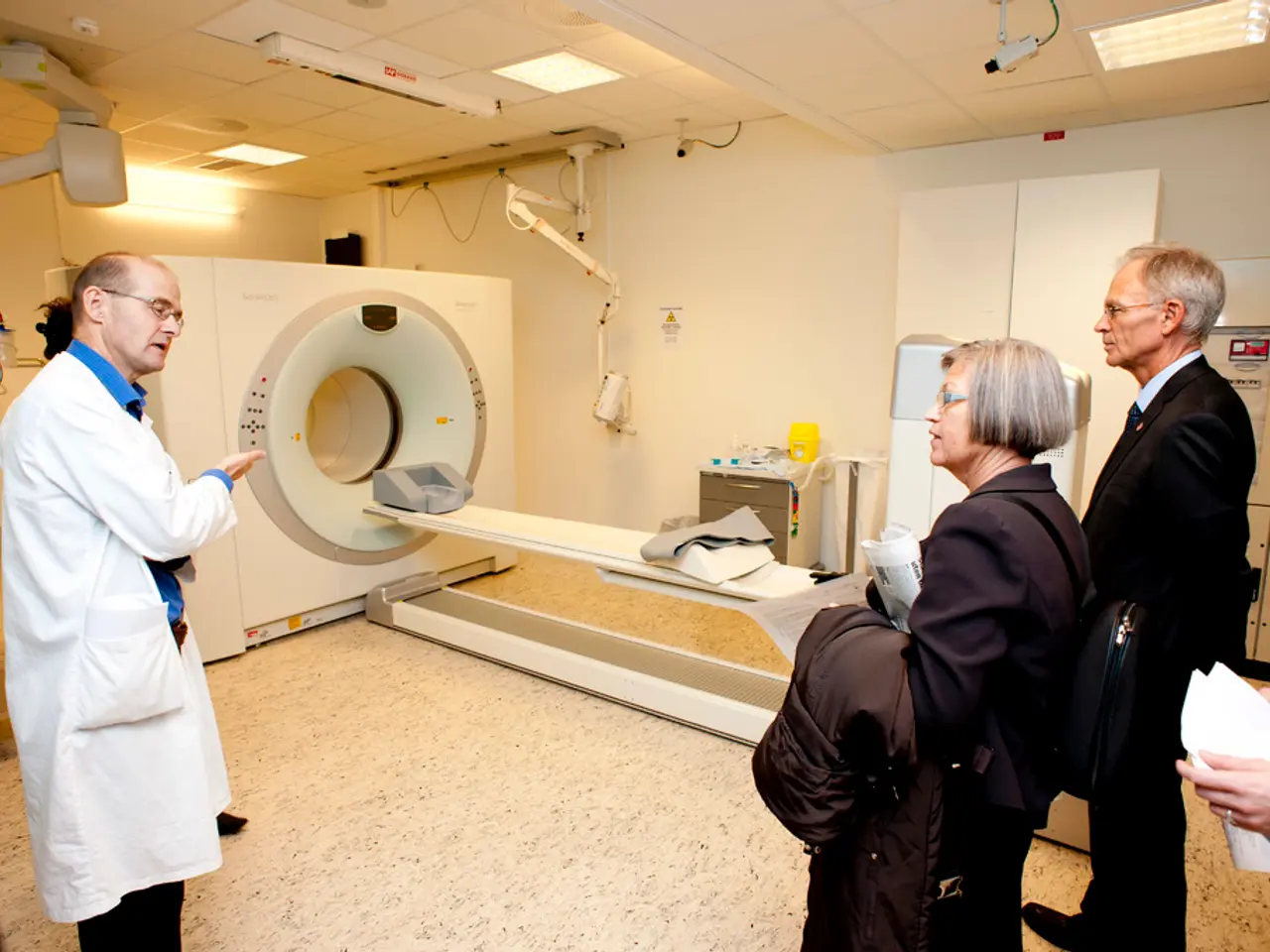Rapidly Rotating Black Holes: Discovering Historic Evidence
In a groundbreaking discovery, a team of astronomers has shed new light on the evolutionary history of supermassive black holes, revealing that some spin at a much faster rate than previously believed. The research, presented by Logan Fries at the American Astronomical Society meeting, utilised the Sloan Digital Sky Survey (SDSS) and its Reverberation Mapping project to measure a black hole's spin.
The challenge in measuring a black hole's spin lies in distinguishing between the black hole's spin and the rotation of the accretion disk surrounding it. However, by focusing on the innermost region where gas falls into the black hole's event horizon, the team was able to make accurate measurements.
By analysing the emitted light spectrum, scientists were able to determine the rate at which a black hole spins, offering insights into its evolutionary history. This method, known as "black hole archeology", provides a framework to piece together the evolutionary history that leads to rapid black hole spins, especially in the early universe where observational data are sparse and direct measurements challenging.
The "black hole archeology" approach involves studying the physical properties, environment, and kinematics of supermassive black holes as well as their host galaxies. This can reveal how these black holes have accumulated angular momentum over cosmic time, addressing questions about their rapid spin rates despite their great distances and early formation epochs.
Recent advances using gravitational lensing and stellar kinematics have allowed astronomers to precisely measure masses and infer spin properties of some of the most massive and distant black holes, even when they are dormant and not actively accreting matter. By reconstructing the growth histories through such techniques, researchers can test theories of black hole formation, such as those involving the remnants of the first massive stars or rapid accretion models, which naturally produce rapidly spinning black holes.
The findings highlight the importance of continued exploration and observation of supermassive black holes. The discovery of rapidly spinning supermassive black holes offers a glimpse into the dynamic evolution of these cosmic entities. The study underscores the need for further exploration and study to unravel the mysteries of the universe.
Intriguingly, the early universe may have been more organized than previously thought, according to the findings. The growth of supermassive black holes may be complemented by their voracious consumption of surrounding gas and dust. The increased spin of black holes may be due to the accretion of dust and gas, leading to the gradual accumulation of angular momentum.
Juna Kollmeier, Director of SDSS-V, emphasised that black holes remain at the forefront of human knowledge. The intricate dance of matter and energy around supermassive black holes continues to fascinate scientists. By comparing observed black hole spins to theoretical predictions, researchers can gain insights into the evolution of these cosmic entities.
In summary, this method deepens our understanding of how distant supermassive black holes reach their observed rapid spin rates by combining innovative observational techniques and astrophysical modeling to reconstruct their past growth and accretion history. The research findings underscore the need for continued exploration and observation of supermassive black holes to further unravel the mysteries of the universe.
- The "black hole archeology" approach, employed by the research team, not only investigates the physical properties of supermassive black holes but also delves into the realms of health-and-wellness, as understanding black hole spins can provide insights into their evolutionary history, akin to studying the well-being of a living organism across time.
- As we continue to explore the cosmos and uncover groundbreaking discoveries, such as the rapid spin rates of supermassive black holes, the field of science, particularly space-and-astronomy, is pushed forward, offering a window into the complexities of the universe's past and potentially, its future.




